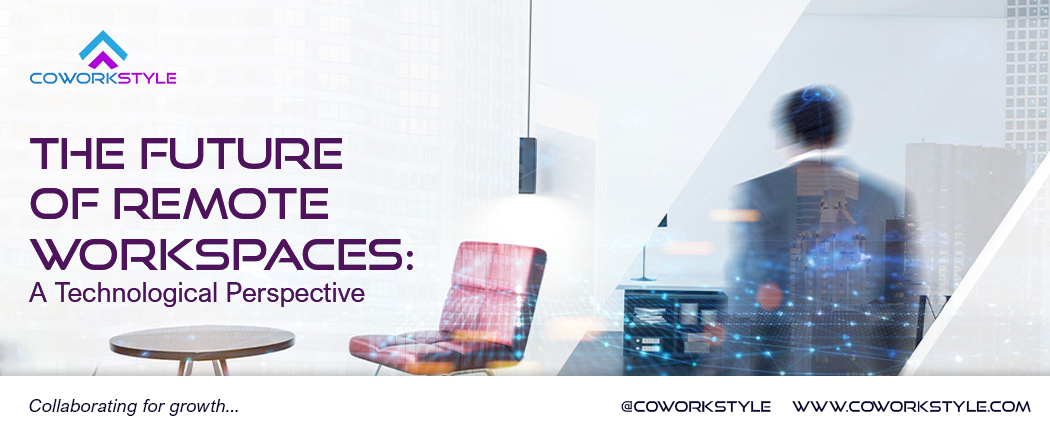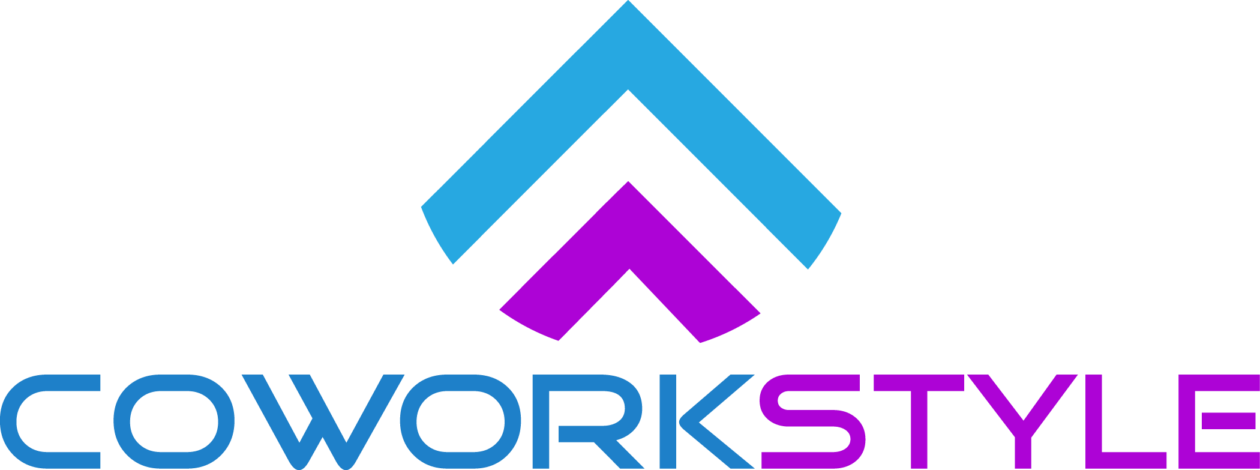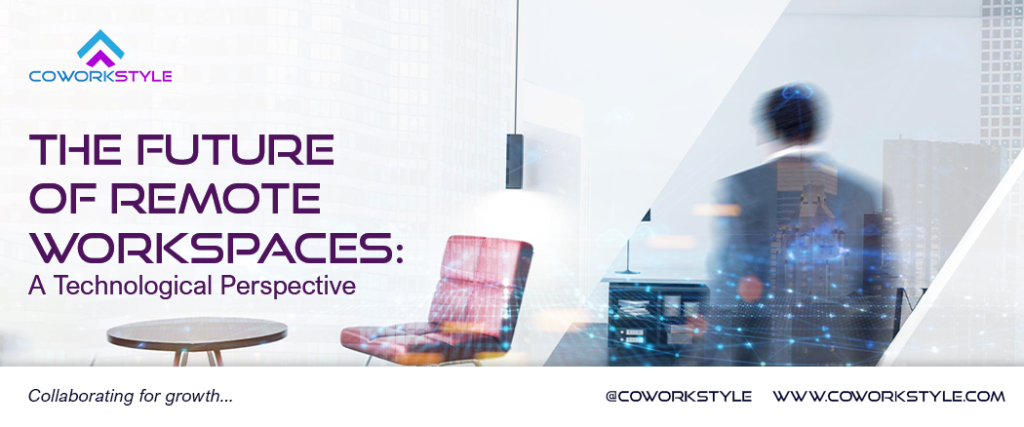

The Future of Remote Workspaces: A Technological Perspective
In the dynamic landscape of work, the concept of remote workspaces has evolved rapidly, transcending geographical boundaries and traditional office setups. With the advent of cutting-edge technology, the way we work has undergone a transformative shift.
1. Virtual Reality and Augmented Reality: Imagine collaborating with colleagues from different corners of the world as if they were sitting right across the table. Virtual Reality (VR) and Augmented Reality (AR) are poised to revolutionize remote work by providing immersive experiences that replicate physical office interactions. VR headsets can create virtual meeting rooms, where participants can interact, brainstorm, and even work together on projects in a shared digital space. AR, on the other hand, can overlay virtual elements onto the real world, enhancing remote training sessions and technical support.
2. Artificial Intelligence: Artificial Intelligence (AI) is becoming an indispensable tool for optimizing remote work. AI-powered chatbots provide instant support, answer queries, and streamline administrative tasks, freeing up employees to focus on more strategic responsibilities. Additionally, AI-driven analytics offer valuable insights into employee productivity, helping organizations tailor their remote work strategies for optimal efficiency.
3. 5G Connectivity: The rollout of 5G networks promises ultra-fast, low-latency connectivity, eliminating the barriers that once hindered remote collaboration. This technology enables real-time video conferencing, high-definition file sharing, and smooth communication regardless of location. The enhanced connectivity will foster a more seamless work experience, making remote workspaces even more productive and interactive.
4. Cybersecurity: As remote work becomes more prevalent, cybersecurity takes center stage. With a greater reliance on cloud-based platforms and remote access, organizations must invest in robust cybersecurity measures. Multi-factor authentication, advanced encryption, and secure VPNs are essential to safeguarding sensitive data and maintaining the trust of remote employees.
5. Collaborative Tools: The future of remote workspaces is intrinsically linked with collaborative tools that facilitate seamless communication and idea sharing. Project management platforms, video conferencing software, and team collaboration apps empower teams to work together in real-time, regardless of their physical location. These tools enable brainstorming, file sharing, and creative discussions, fostering a sense of unity among remote teams.
6. Flexibility and Well-being: Technology not only transforms the way we work but also influences the work culture itself. The ability to work remotely offers employees greater flexibility, allowing them to strike a harmonious balance between their professional and personal lives. This flexibility has a positive impact on employee well-being, job satisfaction, and ultimately, productivity.
The future of remote workspaces is undeniably exciting, fueled by technological advancements that redefine the way we collaborate, communicate, and innovate. Virtual Reality, Augmented Reality, Artificial Intelligence, 5G connectivity, Cybersecurity measures, and collaborative tools are all shaping this transformation. As organizations adapt to these changes, they will unlock new levels of productivity, efficiency, and creativity while providing employees with a work environment that aligns with their evolving needs. Embracing these technologies not only ensures the success of remote workspaces but also reinforces the idea that work is no longer confined to a traditional office. The boundaries of the workspace are expanding, and the future belongs to those who harness the power of technology to build a more connected, productive, and fulfilling work experience.


